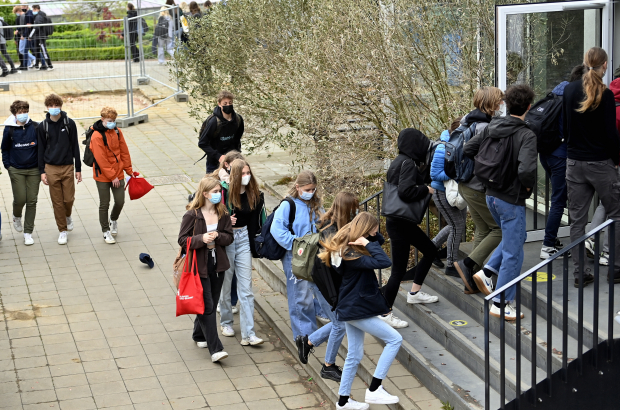- Daily & Weekly newsletters
- Buy & download The Bulletin
- Comment on our articles
Politicians warned about rising demand for secondary school places in new study
According to a study by the Brussels Institute for Statistics and Analysis (BISA), political decision-makers need to be "vigilant" in the coming years when it comes to the shortage of available places in Brussels education.
Brussels suffered from a shortage of available places in secondary education during the last school year, and the institute warned that the situation would not improve in the near future.
The institute calculated that in the school year 2024-2025, almost 110,000 pupils would be enrolled in a Brussels secondary school, an increase of 10% compared to 2020. Their number would then decrease slightly to 107,000 students in 2029-2030.
Additional capacity to meet this increase is planned, but BISA insists that measures to meet this demand should be managed effectively and on time, without reducing existing supply. Between 2009-2010 and 2019-2020, nearly 8,700 new places were created in secondary education in the Brussels Region. It is expected that around 12,500 new ones will be added by 2025.
However, BISA notes that in the past, the provision of more capacity has regularly been delayed by bureaucratic processes surrounding the awarding of public contracts, the granting of building permits or the completion of construction. Such delays must absolutely be avoided, it says. "Given the situation and the unmet needs, creating new places in secondary education for the start of the school year from 2022 to 2025 is essential," the study states.
In contrast to the increase in secondary education, the trend in primary education in Brussels is reducing. Since 2016-2017, the number of pupils enrolled in Brussels kindergartens has dropped and will continue to do so in the future.
This decrease is a direct consequence of the falling number of births in the Brussels-Capital Region, which began in 2014. In the period 2019-2020 to 2029-2030, the number of primary school students is expected to decrease by nearly 10,000 individuals.



















